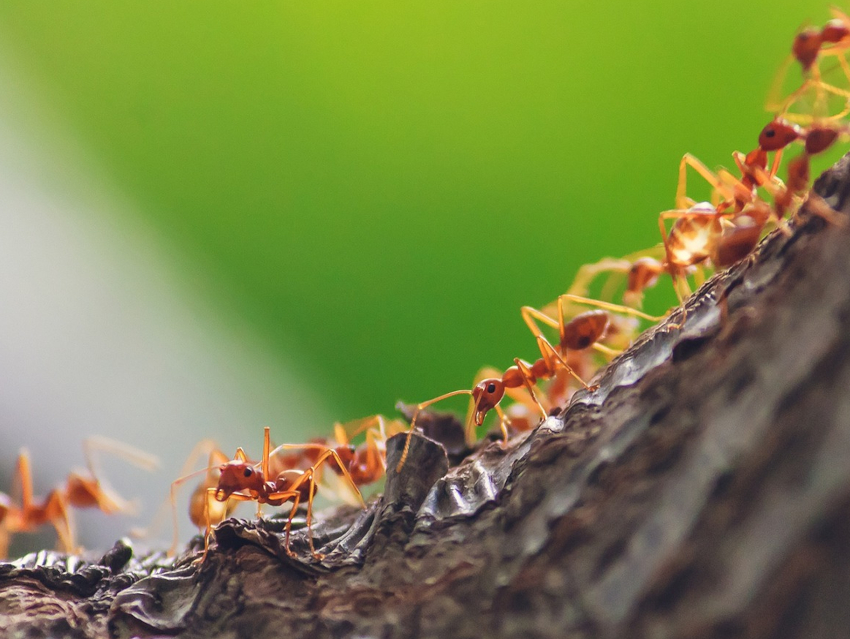Attine ants act as farmers and grow fungus as food. They live together with symbiotic bacteria (Pseudonocardia spp.), which produce metabolites that protect the crop from other, harmful fungi. The attine ants originated as one species at a single location in the Amazon 50 million years ago. They have evolved into 200 species that can be found throughout South and Central America. The antifungal compounds produced by their bacterial symbionts differ from region to region.
Monica T. Pupo, University of São Paulo, Brazil, Jon Clardy, Harvard Medical School, Boston, MA, USA, and colleagues have performed a large systematic study of bacteria from ant nests at multiple sites in Brazil. They screened 42 Pseudonocardia strains for activity against fungal pathogens. Then they cultured the 16 strains that showed antifungal activity and analyzed their metabolites. The team discovered that over 60 % of the bacteria strains produce a potent but previously overlooked antifungal agent, called attinimicin.
This represents the first report of a specialized metabolite with broad geographic distribution produced by ant-associated bacteria. Attinimicin is safe for the ants’ fungal crop but inhibits the growth of fungal parasites, though only in the absence of iron. This is due to its iron-chelating nature. It was also effective in fighting a Candida albicans infection in mice, making it a potential drug candidate.
- Specialized Metabolites Reveal Evolutionary History and Geographic Dispersion of a Multilateral Symbiosis,
Taise T. H. Fukuda, Eric J. N. Helfrich, Emily Mevers, Weilan G. P. Melo, Ethan B. Van Arnam, David R. Andes, Cameron R. Currie, Monica T. Pupo, Jon Clardy,
ACS Cent. Sci. 2021.
https://doi.org/10.1021/acscentsci.0c00978




